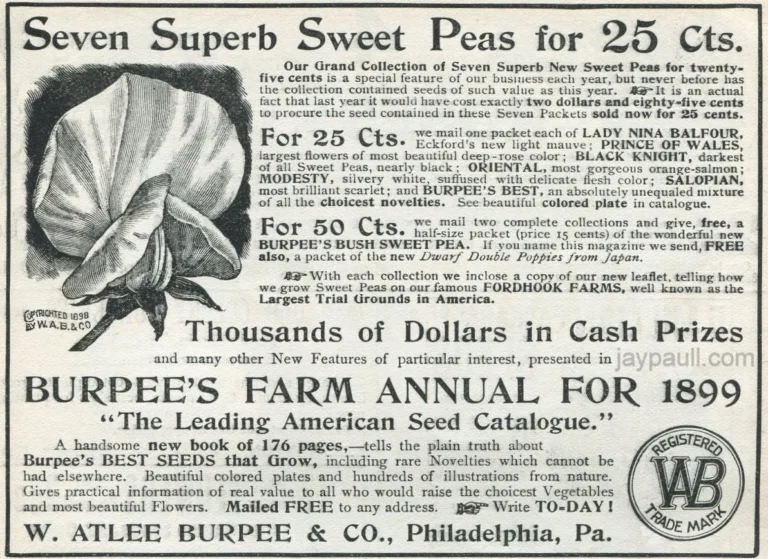
Case Study 2: Taco Bell’s Cantina Concept – Upscaling the Drive-Thru
Taco Bell shocked many by introducing Taco Bell Cantina, an upscale version of its restaurants in urban areas like Las Vegas and Chicago. These locations feature open kitchens, modern design, shareable plates—and even alcohol on the menu.
Why it worked:
- It targeted a younger, urban demographic.
- It didn’t replace the core Taco Bell—just extended it.
- It leaned into the social experience while staying true to the brand’s quirky voice.
Timing Matters:
Taco Bell launched Cantina during the rise of fast-casual competitors like Chipotle. It was a strategic pivot to keep younger consumers interested.
When Is the Right Time?
There’s no one-size-fits-all, but these signals can guide a brand’s decision:
1. Your audience is evolving
If your core audience is growing older or shifting lifestyles, you may need to evolve with them. Brands like Levi’s have done this by adding premium denim lines that appeal to both Gen Z and Millennials.
2. You’re perceived as commodity
If price becomes your only differentiator, you’re vulnerable. Premiumizing creates a new basis for competition—value, experience, design.
3. You’ve hit the ceiling on pricing
Premiumizing can unlock a new segment. Consider what Dunkin’ did with its limited-run, barista-style “Signature Lattes” to compete with Starbucks. Higher price, higher margin.
Continue reading…
(Next: brands that failed at premiumization and what to avoid when timing your upgrade.)


